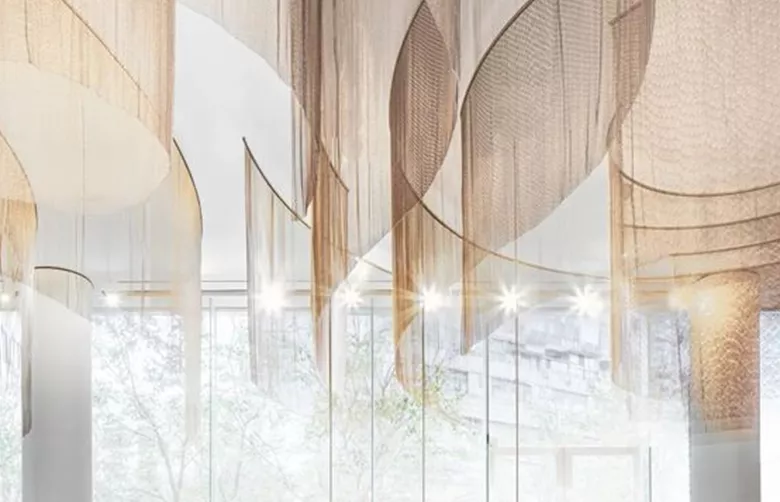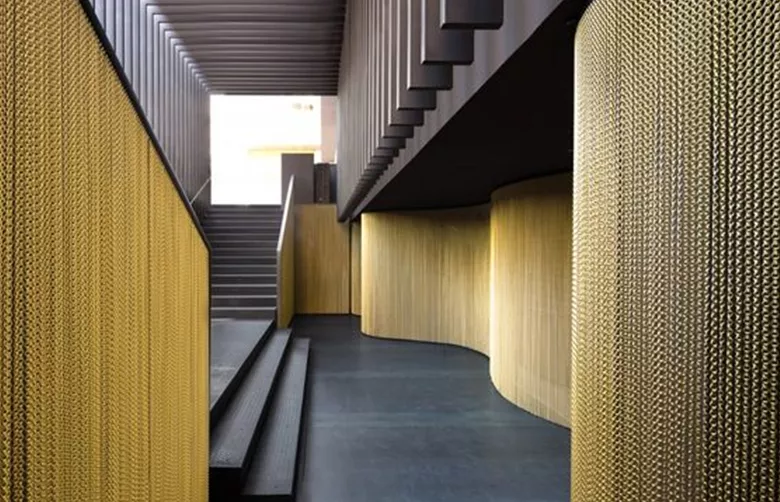-
About UsProductsCustomized SolutionProjectGalleryNews
Innovative Metal Fabric Curtain: A Sustainable Solution for Modern Design
Release time: July 10, 2023As sustainability becomes a crucial consideration in modern design, innovative materials are emerging to meet the demand for eco-friendly solutions. One such material is the innovative metal fabric curtain, which offers a sustainable and visually appealing alternative for architectural applications. In this article, we will explore how the metal fabric curtain combines sustainability and modern design, showcasing its unique benefits and applications.
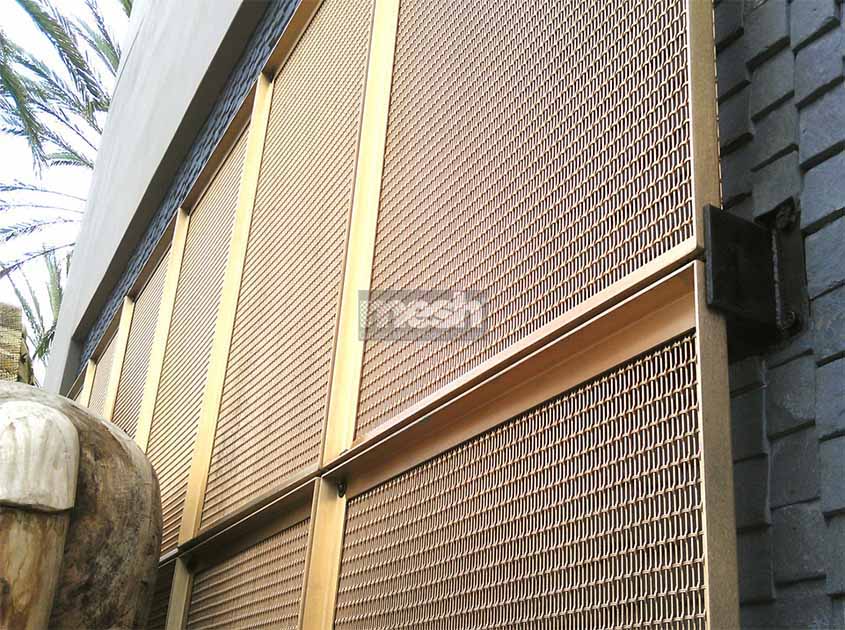
Sustainable Material:
The metal fabric curtain embraces sustainability by utilizing recycled or recyclable materials. Many metal fabrics are made from stainless steel or aluminum, which can be recycled at the end of their lifecycle. By incorporating these eco-friendly materials, metal fabric curtains contribute to the reduction of waste and promote a circular economy, aligning with the principles of sustainable design.
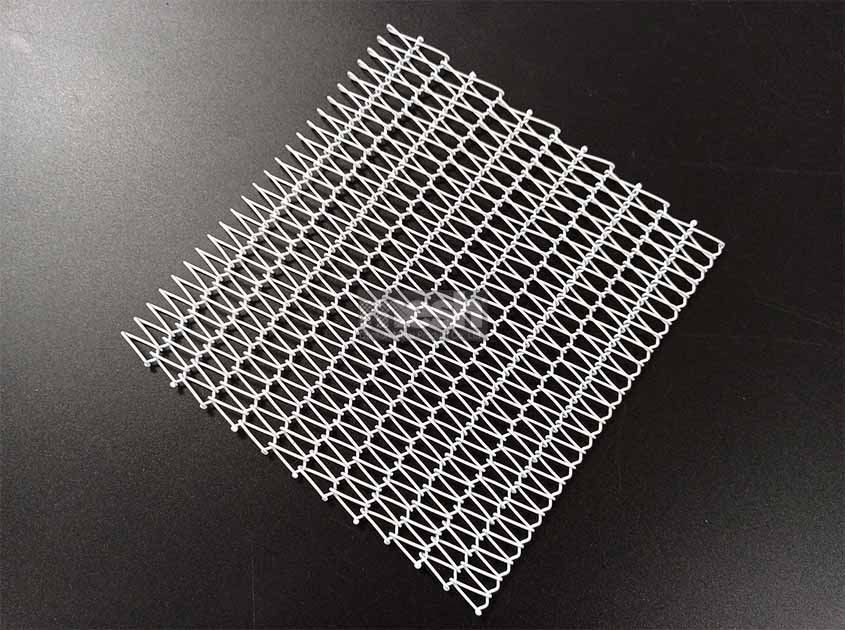
Energy Efficiency:
Metal fabric curtains contribute to energy efficiency in architectural applications. The open weave pattern of the metal fabric allows natural light to penetrate while maintaining privacy and reducing the need for artificial lighting during the day. This feature promotes energy savings by minimizing the reliance on electrical lighting, ultimately reducing energy consumption and associated carbon emissions.
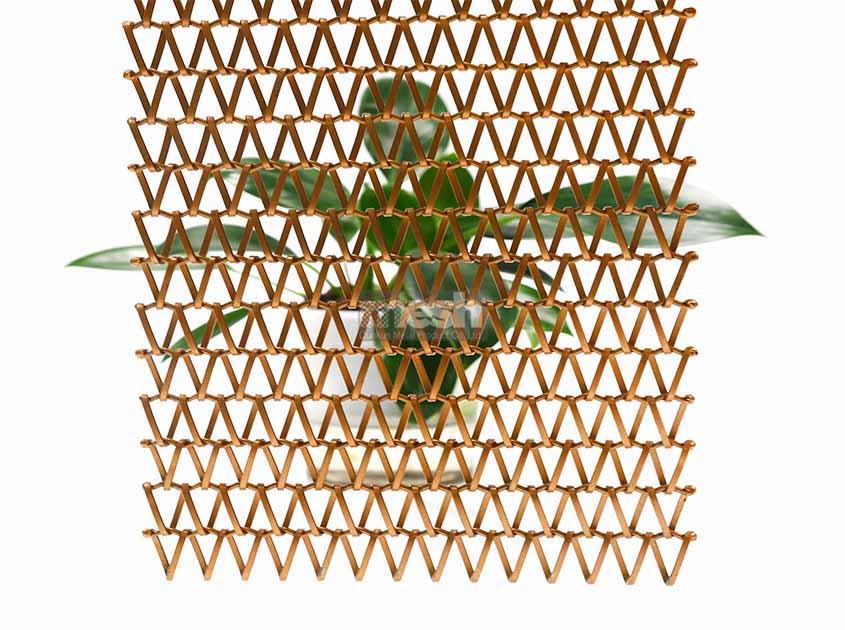
Light and Airflow Management:
Metal fabric curtains provide effective light and airflow management. The open weave structure allows for the regulation of natural light, enabling the creation of well-illuminated spaces while reducing glare. Additionally, the permeability of the metal fabric promotes airflow, facilitating natural ventilation and maintaining a comfortable indoor environment. This enhances occupant comfort and reduces the reliance on mechanical cooling systems, further contributing to energy efficiency.
Conclusion:
The innovative metal fabric curtain represents a sustainable and visually appealing solution for modern design. By utilizing recycled or recyclable materials, it contributes to the principles of sustainability and promotes a circular economy. Its energy-efficient properties, versatile design applications, light and airflow management capabilities, and durability make it an ideal choice for architects and designers seeking sustainable and contemporary solutions. Embracing the metal fabric curtain allows for the creation of aesthetically pleasing spaces that prioritize both environmental responsibility and modern design aesthetics.
Recommended News



